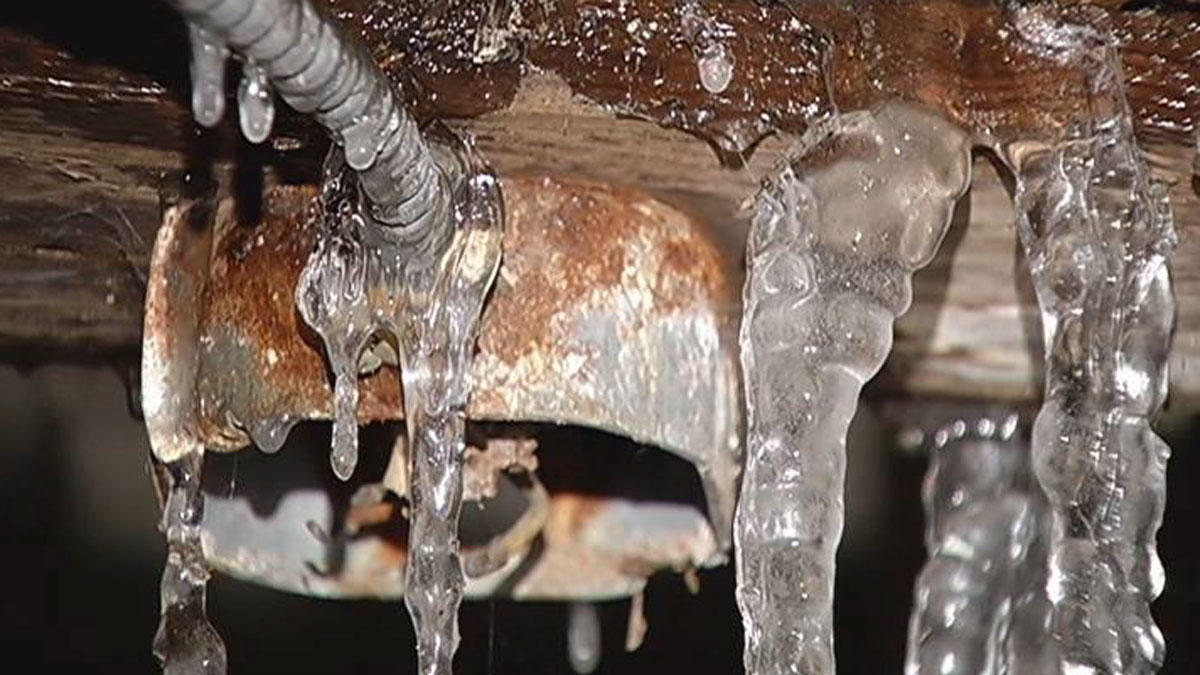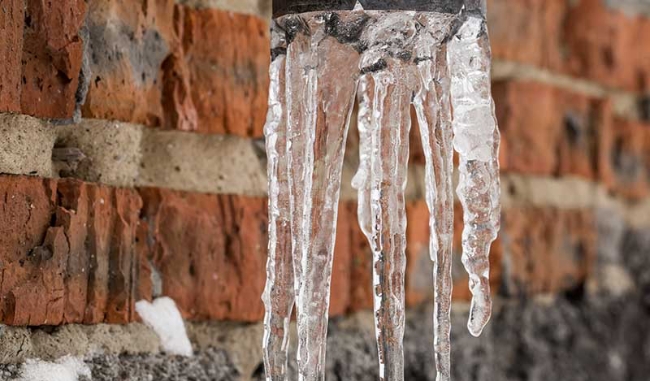Key Approaches for Preventing Frozen Pipes in Winter
Key Approaches for Preventing Frozen Pipes in Winter
Blog Article
They are making a number of good annotation related to Winter Plumbing Precautions: Preventing Frozen Pipes in general in the content following next.

Winter can wreak havoc on your plumbing, especially by freezing pipes. Right here's just how to avoid it from taking place and what to do if it does.
Introduction
As temperature levels decline, the risk of frozen pipelines rises, potentially causing pricey repair work and water damages. Recognizing just how to avoid icy pipes is critical for homeowners in chilly climates.
Recognizing Icy Pipelines
What triggers pipelines to freeze?
Pipes freeze when revealed to temperature levels listed below 32 ° F (0 ° C) for expanded periods. As water inside the pipes freezes, it broadens, taxing the pipeline wall surfaces and potentially creating them to rupture.
Threats and problems
Frozen pipelines can cause supply of water disturbances, residential property damage, and pricey repair work. Burst pipelines can flood homes and create extensive structural damage.
Indicators of Frozen Pipes
Determining icy pipelines early can avoid them from breaking.
How to determine frozen pipelines
Look for decreased water flow from faucets, unusual odors or noises from pipelines, and noticeable frost on subjected pipes.
Prevention Tips
Insulating vulnerable pipelines
Wrap pipes in insulation sleeves or utilize warmth tape to secure them from freezing temperatures. Concentrate on pipelines in unheated or external locations of the home.
Heating methods
Maintain indoor rooms adequately heated, particularly areas with pipes. Open cupboard doors to enable warm air to circulate around pipelines under sinks.
Securing Outdoor Plumbing
Yard pipes and exterior faucets
Detach and drain pipes garden pipes prior to winter season. Mount frost-proof spigots or cover outside taps with shielded caps.
What to Do If Your Pipes Freeze
Immediate activities to take
If you suspect frozen pipes, keep taps open to alleviate pressure as the ice melts. Use a hairdryer or towels soaked in warm water to thaw pipelines gradually.
Long-Term Solutions
Structural modifications
Consider rerouting pipelines far from exterior walls or unheated locations. Add extra insulation to attic rooms, cellars, and crawl spaces.
Upgrading insulation
Buy top notch insulation for pipes, attic rooms, and wall surfaces. Proper insulation aids maintain regular temperatures and reduces the danger of icy pipes.
Verdict
Stopping frozen pipes calls for proactive procedures and quick reactions. By recognizing the causes, indications, and safety nets, homeowners can safeguard their pipes throughout winter.
5 Ways to Prevent Frozen Pipes
Drain Outdoor Faucets and Disconnect Hoses
First, close the shut-off valve that controls the flow of water in the pipe to your outdoor faucet. Then, head outside to disconnect and drain your hose and open the outdoor faucet to allow the water to completely drain out of the line. Turn off the faucet when done. Finally, head back to the shut-off valve and drain the remaining water inside the pipe into a bucket or container. Additionally, if you have a home irrigation system, you should consider hiring an expert to clear the system of water each year.
Insulate Pipes
One of the best and most cost-effective methods for preventing frozen water pipes is to wrap your pipes with insulation. This is especially important for areas in your home that aren’t exposed to heat, such as an attic. We suggest using foam sleeves, which can typically be found at your local hardware store.
Keep Heat Running at 65
Your pipes are located inside your walls, and the temperature there is much colder than the rest of the house. To prevent your pipes from freezing, The Insurance Information Institute suggests that you keep your home heated to at least 65 degrees, even when traveling. You may want to invest in smart devices that can keep an eye on the temperature in your home while you’re away.
Leave Water Dripping
Moving water — even a small trickle — can prevent ice from forming inside your pipes. When freezing temps are imminent, start a drip of water from all faucets that serve exposed pipes. Leaving a few faucets running will also help relieve pressure inside the pipes and help prevent a rupture if the water inside freezes.
Open Cupboard Doors
Warm your kitchen and bathroom pipes by opening cupboards and vanities. You should also leave your interior doors ajar to help warm air circulate evenly throughout your home.

I found that page on 6 Ways to Prevent Frozen Pipes when doing a search on the search engines. Do you know about another individual who is inquisitive about the niche? Be sure share it. We truly appreciate your readership.
Call Today Report this page